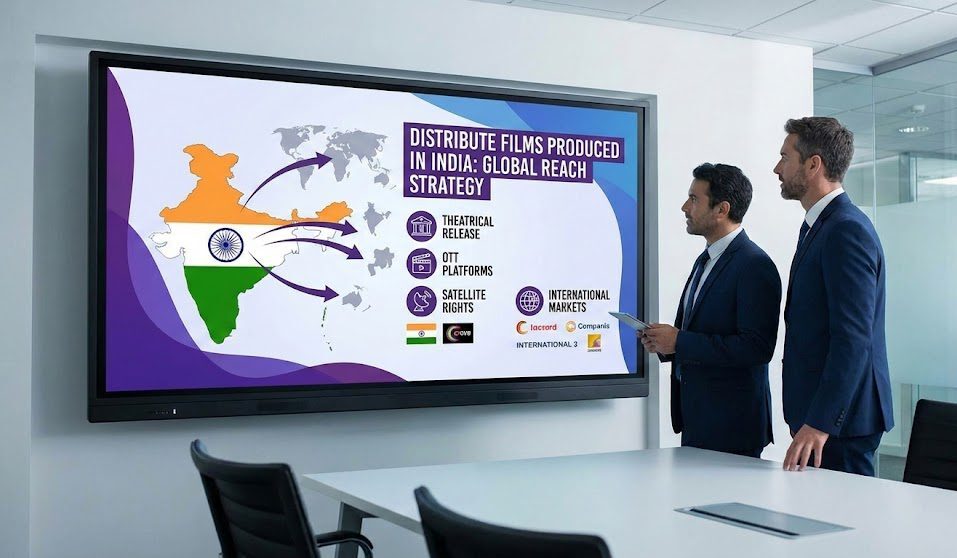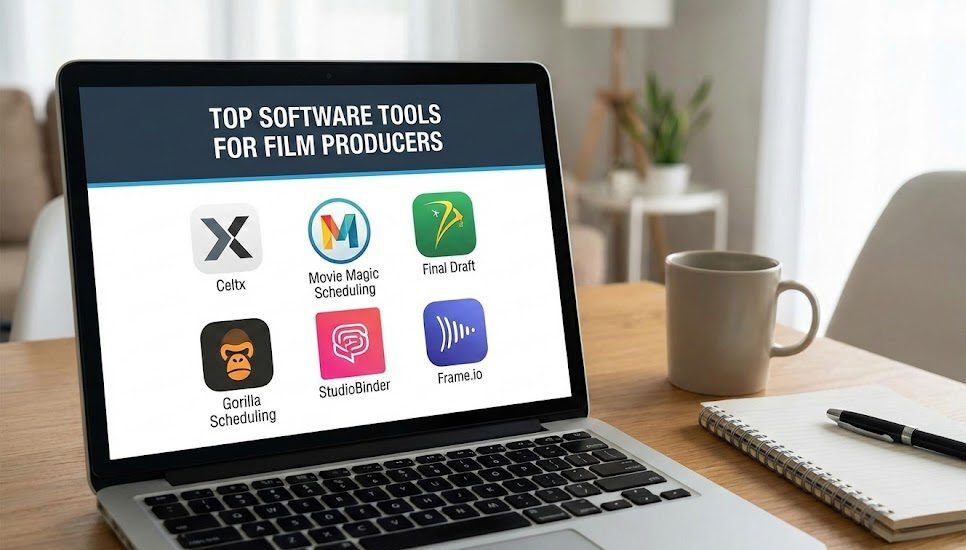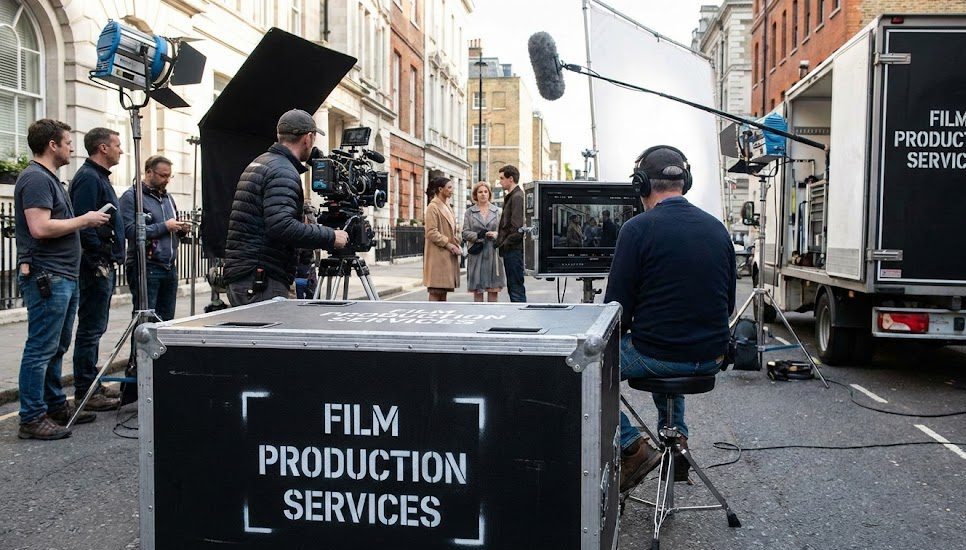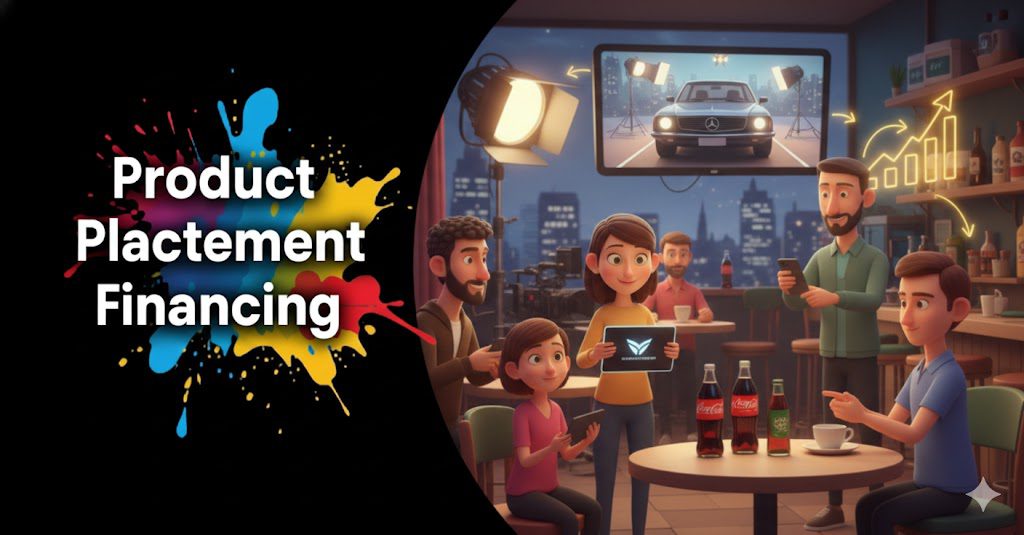Introduction
When it comes to making great TV shows, getting the financing right is just as important as getting the creative aspects perfect. Whether you’re a content buyer or a service provider in the entertainment industry, understanding TV production budgeting can make or break your project.
In this article, we’ll explore how to create a solid production budget, find financing, and make smart decisions that will help you succeed. Whether you’re looking for funding from investors, government grants, or exploring other ways to fund your TV project, this guide is designed to help both buyers and sellers make informed decisions.
Key Takeaways
| Topic | Key Insights |
| TV Production Funding Sources | Explore funding options such as private equity, grants, and crowdfunding. |
| Budgeting Tools | Discover cost control practices and financial tools used in TV production. |
| Revenue Strategies | Learn how to diversify income streams via licensing and advertising deals. |
| Vitrina’s Role | How Vitrina aids buyers and sellers in managing TV production financing. |
Table of content
-
- Introduction
- Understanding the Basics of TV Production Financing
- Funding Sources for TV Productions
- Securing Financing from Industry Players
- Budgeting and Financial Planning for TV Productions
- Financial Forecasting and Analysis
- Profitability and Revenue Strategies
- Additional Strategies for Maximizing Production Value
- FAQs
- Conclusion
Looking for Reliable TV Production Budgeting Tools?

Understanding the Basics of TV Production Financing
A well-thought-out TV production budget isn’t just about adding up expenses. It’s about creating a clear plan that shows potential investors how much it costs to produce, market, and distribute a TV show. For example, production budgets can include:
- Equipment costs
- Crew salaries
- Location rentals
- Post-production services
For service providers, understanding the elements of production cost is essential for pricing your services competitively. For buyers, like distributors and networks, knowing the breakdown of costs helps in understanding what it will take to acquire and monetize a show.
Vitrina offers a dynamic platform where buyers can connect with top distributors and service providers globally. Sellers, on the other hand, can manage their offerings and apply for buyer requirements through Vitrina’s interface. Explore more about how TV shows are made.
Table: Typical TV Production Costs Breakdown
| Cost Category | Average Percentage of Total Budget |
| Pre-production | 10-15% |
| Production (Shooting) | 40-50% |
| Post-production | 20-25% |
| Distribution & Marketing | 15-20% |
Funding Sources for TV Productions
Getting your project financed is often the toughest part of the job. Fortunately, there are various funding sources available, each with its advantages and challenges. Here’s a breakdown of the most common ones:
- Private equity: Investors looking for high returns often back TV productions, especially those with unique concepts.
- Venture capital: This is more common for digital or streaming-based TV shows, where scalability is key.
- Crowdfunding: Sites like Kickstarter allow independent creators to raise funds from their audience.
- Government grants: Many countries offer grants to stimulate local production, particularly if you’re filming on location. Learn more about filming locations.
- Tax incentives: Tax breaks can significantly reduce the cost of production if you film in a location offering incentives.
Bullet Points: Pros and Cons of Each Funding Source
- Private Equity:
- Pros: Large sums of capital
- Cons: High expectations for returns
- Venture Capital:
- Pros: Scalability and tech focus
- Cons: Risk of losing creative control
- Crowdfunding:
- Pros: Direct audience engagement
- Cons: Often smaller amounts of money
- Government Grants:
- Pros: Non-repayable
- Cons: Lengthy application process
- Tax Incentives:
- Pros: Can reduce overall production costs
- Cons: Limited to specific regions
Vitrina aids sellers by connecting them to buyers who are scouting for content financing or are seeking service providers in 100+ countries.
Want to Maximize Profitability in TV Productions?

Securing Financing from Industry Players
One of the most reliable ways to secure financing is by partnering with industry players like networks, streaming platforms, and distributors. These groups often offer upfront payments or minimum guarantees to help fund production.
Networks generally finance productions based on market demand and potential audience appeal, while streaming platforms like Netflix and Amazon Prime fund original content to attract subscribers. Understanding their business models is crucial to successfully securing a deal.
Vitrina offers real-time updates on buyer preferences, deals, and profiles, making it easier for content creators to find the right buyers and pitch their projects effectively. This is particularly useful for content creators who want to target specific distributors or streaming platforms. Read more on TV vs Film production here.
Budgeting and Financial Planning for TV Productions
Budgeting isn’t just about tracking your expenses—it’s about creating a roadmap for the entire production. Proper financial planning ensures that your production runs smoothly without unexpected cost overruns. For service providers, it also ensures your pricing remains competitive while still turning a profit.
Some best practices for managing a TV production budget include:
- Breaking down costs by phases (pre-production, production, post-production)
- Using budgeting tools like Movie Magic Budgeting
- Monitoring spending and making real-time adjustments
- Keeping a reserve for unforeseen costs, like delays or reshoots
Many production companies and networks already utilize Vitrina to monitor financial trends, helping them adjust their budgets and negotiate better terms with partners.
Table: Budgeting Tools and Their Benefits
| Tool | Benefit |
| Movie Magic Budgeting | Comprehensive breakdown of costs |
| StudioBinder | Seamless collaboration for budgeting |
| Gorilla Budgeting | Tailored for indie filmmakers |
Financial Forecasting and Analysis
Once your budget is set, the next step is financial forecasting. Forecasting helps predict your cash flow, profitability, and potential return on investment (ROI).
For buyers, such as distributors, forecasting helps determine whether a production is worth investing in. For sellers—whether they are providing post-production, localization, or other services—forecasting allows them to predict future work demand.
Vitrina provides valuable data through its Global Film+TV Projects Tracker API, which tracks daily updates on film and TV projects. This data can help buyers and sellers make informed decisions by offering insights into what stage a project is in (development, production, or post-production) and which partners are involved. Explore post-production tips.
Profitability and Revenue Strategies
Making your TV production profitable goes beyond completing the project. It’s about maximizing revenue streams through licensing, syndication, merchandising, and advertising. Licensing deals can provide a significant boost to profitability, especially when selling content across different platforms or regions.
Vitrina helps content creators and service providers track potential buyers, allowing them to maximize revenue through well-timed partnerships. The ability to monitor global trends through Vitrina’s platform is key to identifying lucrative opportunities in different markets.
Bullet Points: Key Revenue Streams for TV Productions
- Licensing: Selling the rights to broadcasters or streaming platforms
- Advertising: Securing product placements or sponsorships
- Syndication: Selling re-run rights across multiple regions
- Merchandising: Partnering with companies to sell branded merchandise
Searching for Global TV Production Partners?

Additional Strategies for Maximizing Production Value
While securing financing and budgeting are critical, there are other ways to add value to your production. One of the most effective strategies is to leverage tax incentives and government grants by choosing the right filming location. This can help lower production costs without sacrificing quality.
Vitrina enables producers and buyers to find service providers who can help with tax incentive applications or manage productions in regions offering financial benefits. Additionally, distributors often offer upfront payments or minimum guarantees that help offset production costs.
Key Takeaways
Whether you’re producing a major TV series or an indie project, budgeting and financing are the backbone of a successful production. With the right financial planning, forecasting, and understanding of funding sources, you can take your project from concept to completion without major financial hiccups.
For both buyers and sellers in the entertainment industry, Vitrina provides a powerful tool to navigate these challenges, offering insights, connections, and tools to ensure your TV production is financially sound and strategically placed in the market.
Take the first step to smarter production financing today with Vitrina!
Frequently Asked Questions
Vitrina provides daily updates on projects and connects buyers with distributors and financiers across the globe.
Using budgeting tools and keeping a reserve for unforeseen expenses are key strategies.
Create a detailed, transparent budget and secure a strong creative team to present to potential investors.
Service providers can showcase their offerings, get inbound queries, and apply to listed buyer requirements.
Forecasting helps predict potential cash flow and ROI, enabling better financial planning and risk management.



































